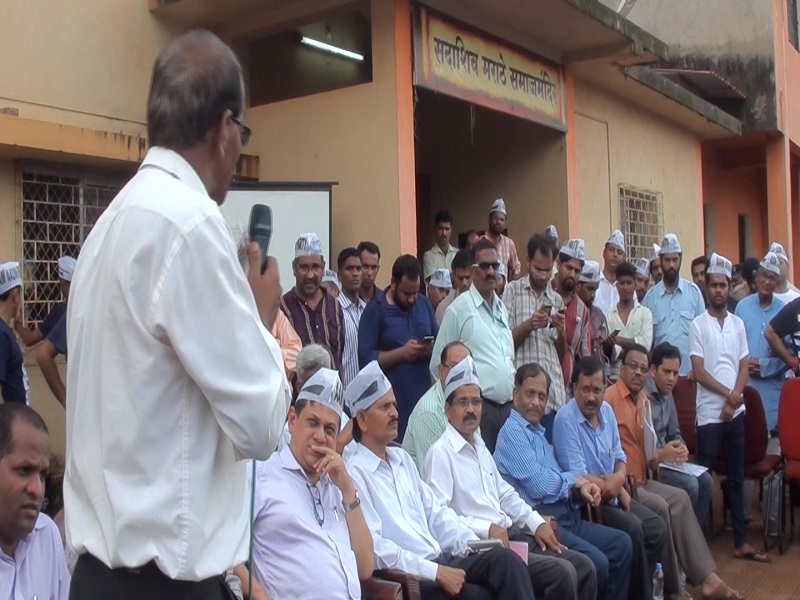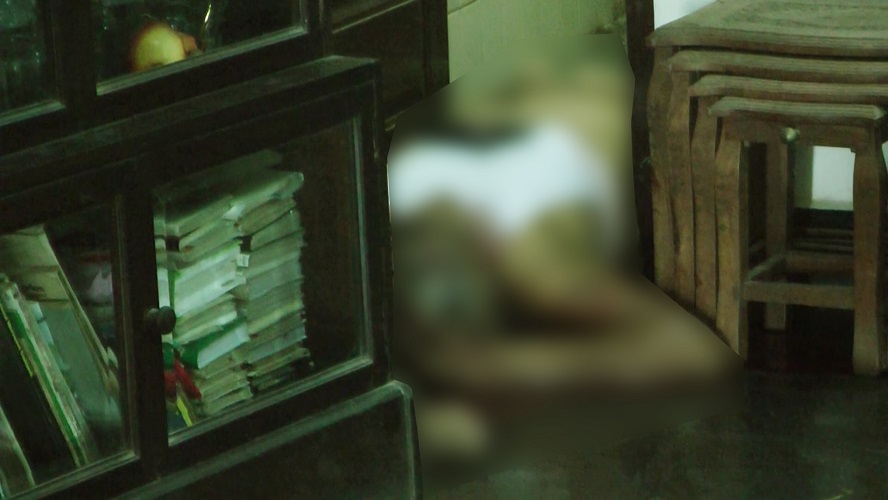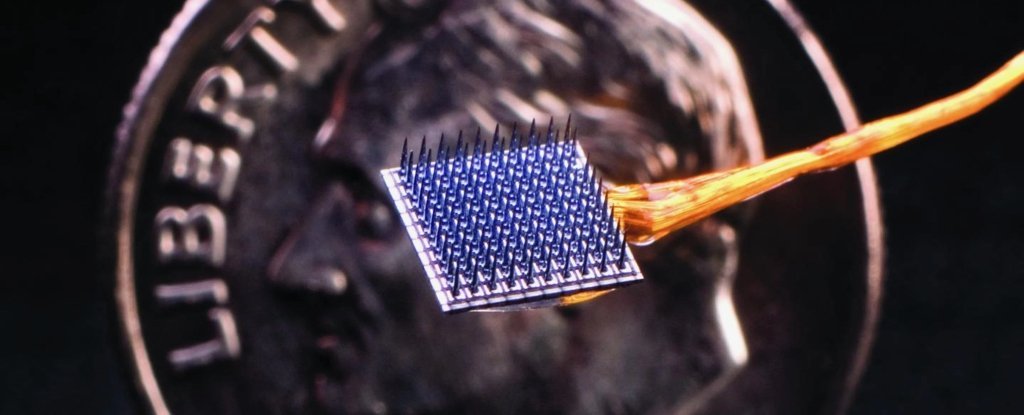Saturn – or Kronos – may be the one with a horrifying reputation for filial cannibalism in mythology, but when it comes to cosmic giants eating their own children, it turns out Sun-like stars have a lot to answer for.
According to a new study, at least a quarter of all stars like the Sun have engulfed one of their own planets at some point in their lives.
This doesn’t mean we’re going to lock them up in star jail for crimes against their kin, but it does show that many planetary systems are dynamically unstable, which makes the Solar System different – a finding that could have implications for our search for Earth-like worlds.
“The observational evidence that planetary systems can be very different from each other suggests that their dynamical histories were very diverse, probably as a result of a strong sensitivity to the initial conditions. Dynamical processes in the most chaotic systems have possibly destabilized planetary orbits, forcing them to plunge into the host star,” wrote a team of researchers in a new paper appearing in Nature Astronomy.
“Unequivocal evidence of planet engulfment events and knowledge of their occurrence in Sun-like stars would shed light on the possible evolutionary paths of planetary systems, indicating how many of them have undergone complex phases of highly dynamical reconfiguration.”
Our weird Sun
Believe it or not, our Sun is something of a rarity in the Milky Way. Most of our galaxy’s stars – around 75 percent – are M-type stars, or red dwarfs: small and cool and very long-lived. Our Sun is a G-type star, what is known as a yellow dwarf; only 7 percent of the Milky Way’s stars are G-type.
In addition, the Sun is a loner. Astronomers believe most stars are born in star systems with one or more siblings; indeed, most of the Milky Way’s stars have at least one other companion, locked in a mutual orbit as a binary system. (And yes, the Sun may have a long-lost twin out there, somewhere.)
Here’s how that works. When a dense knot in a cloud of molecular gas in space collapses under its own gravity and starts spinning, what you have is the beginning of a star, or protostar. The gas around the protostar forms into a disk, which feeds into the growing star. During this process, the disk can fragment, splitting off into a second protostar.
Once the stars are finished forming, the leftover material in the disk then forms planets and asteroid belts and comets – all the other stuff that makes up a planetary system. Depending on where in the disk these things form, they can have different ratios of the stuff that was in the initial cloud.
And, because they’re formed from the same clump of material, the binary stars should then have very similar chemical compositions and even masses.
This is not always the case, though. So, a team of astronomers led by Lorenzo Spina of the Astronomical Observatory of Padua in Italy and Monash University in Australia decided to take a closer look at binary systems. They identified 107 pairs of stars with similar temperatures and surface gravities, and studied their chemical properties.
Interestingly, they found that a significant number of the binaries had mismatched chemistry.
“Although stars in binary systems are expected to share an identical chemical pattern, the stellar components of 33 pairs in our sample have iron abundances that are anomalously different at the 2-sigma level,” the researchers wrote. This suggests that all Sun-like stars have a 20-35 percent chance of eating their planets.
They found that the odds of finding such a chemically anomalous binary increase with the temperature of the pair. This is unlikely to be the result of inhomogeneities within the protostellar cloud; instead, according to modelling, it’s more likely the result of planetary material falling onto the star, and polluting the convective zone – the layer in which material is transported via heat flows.
“When planetary material enters the star and pollutes its convective zone, the stellar atmospheric composition changes in a way that mirrors the composition observed in rocky objects, namely, refractory elements [metals and silicates] are more abundant than volatiles,” the researchers wrote.
“Therefore, stars that have engulfed planetary material should have abundance ratios of refractories over volatiles that are higher than the typical ratios found in stars of similar ages and metallicities.”
Narrowing down exoplanet search
The discovery has very important implications for studying other planetary systems. Over 4,500 exoplanets have been confirmed to date, and there seems to be rather a great deal of variety in the architecture of their systems. This suggests that planetary systems are very sensitive to the initial conditions, early in their formation.
The research presents additional evidence that a significant percentage of systems orbiting Sun-like stars had a very turbulent start to life. Perhaps it also has implications for understanding how and why life emerged on Earth, since all the stars in the study were binary. The findings could suggest that binary systems are a bit too messy for the stable conditions that may be needed for life.
And it could help us narrow down where to search for Earth-like exoplanets. Although Sun-like stars are relatively rare in the Milky Way, there are still millions out there close enough for us to be looking at. Studying their atmospheres for refractory elements could help narrow down the planet-munchers.
It even works when applied to the Sun, which seems quite peculiarly low in refractory elements when compared to other Sun-like stars.
“The possibility of detecting chemical signatures of planet engulfment events implies that we can use the chemical composition of a star to infer whether its planetary system has undergone an extremely dynamical past, unlike our Solar System, which has preserved its planets on nearly circular orbits with very limited migrations,” the researchers wrote.
“Therefore, we now have a potential ‘upstream’ method to identify those Sun-like stars that are less likely to host Earth-like planets, which could be useful as a criterion for planet searches.”
The paper has been published in Nature Astronomy.


 Local7 years ago
Local7 years ago
 Crime8 years ago
Crime8 years ago
 Local8 years ago
Local8 years ago
 Top Stories2 years ago
Top Stories2 years ago
 Crime8 years ago
Crime8 years ago
 Crime8 years ago
Crime8 years ago
 Sports10 months ago
Sports10 months ago
 Crime8 years ago
Crime8 years ago






You must be logged in to post a comment Login